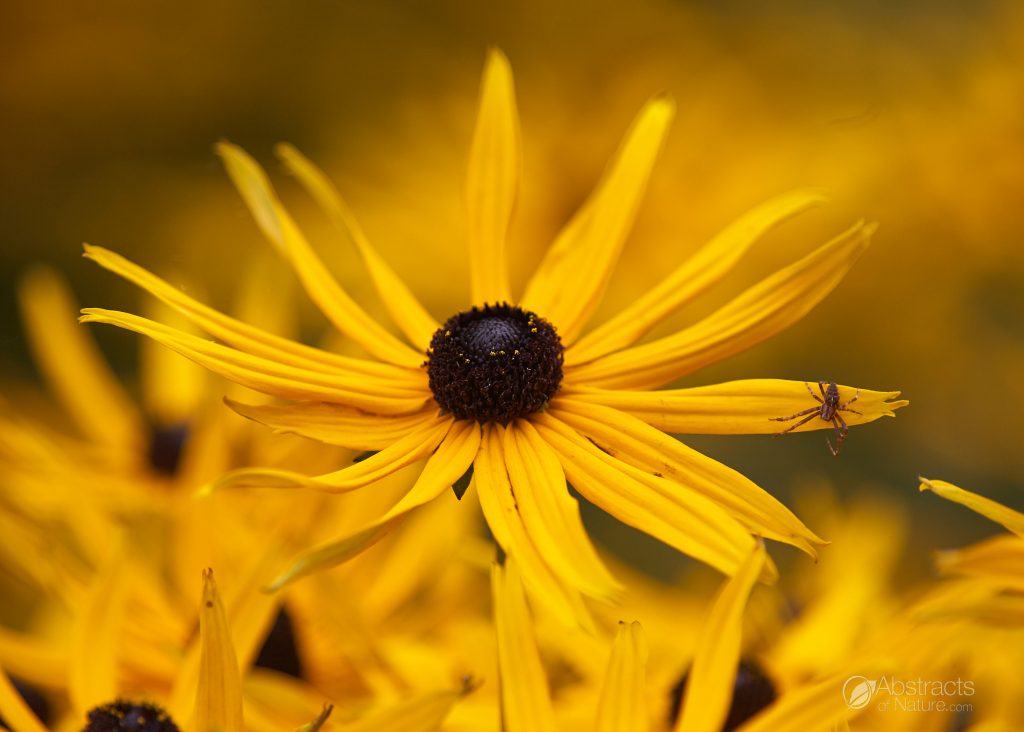
The term abstract when used in an art context often implies use of the adjective to describe the work of Abstract Expressionist artists, renowned for their conceptual, unreal, larger than life and surreal styles, with large, bold brushstrokes and their work representing a rapid outpouring of emotion and energy.
The term has also been used as a verb to describe the works of artists from a different movement called Abstract Impressionism, where small brushstrokes were used on large areas of a canvas to express the artists’ emotion. It was based on the movement started by the Impressionists, who developed a different way of seeing – their images were more contemplative, spontaneous, more expressive and more controlled, with emphasis on changing light and the passage of time and more open in composition. Rather than merely reproduce a subject, they experimented with different angles and different perceptions. I have always loved the works of Impressionists and this has helped to influence my style of photography.
The context in which I use the term abstract however, is the literal meaning of the verb, abstract – to extract, isolate, remove, separate or take out – a very small part of the whole. This defines the images that I gain greatest pleasure from making – isolating a very small section of the subject and offering my interpretation and perception of it, from a different angle or point of view. The detail in the wing of a dragonfly or stamen of a flower, the patterns in the tail feathers of a peacock or the texture of the skin or fur of an animal or the close-up of an eye. Or in simply isolating the subject from its background and showing it in a new light or from a different angle. As my subjects are mainly from the natural world – birds, insects, animals – the images I make are simply a collection of abstractions from nature.
From Wikipedia:
“In philosophical terminology, abstraction is the thought process wherein ideas are distanced from objects. Abstraction uses a strategy of simplification, wherein formerly concrete details are left ambiguous, vague, or undefined; thus effective communication about things in the abstract requires an intuitive or common experience between the communicator and the communication recipient.”
This decription also lends itself to landscapes and cityscapes, as the scenes captured are themselves abstracted from a larger picture – in fact, any media of visual art, whether paintings, drawings or photographic images, are all abstractions.
The camera itself is an abstraction tool – the viewfinder provides the means to abstract a subject from its environment, enabling the creation of an image as seen by the artists’ eye. For a painter, the canvas provides the same function – the making of an image is very often more about what is left out than what is included. Sometimes less really is more and sometimes a fleeting impression of something says far more about it than being shown in every minute detail.
verb: abstract | definition: extract | synonyms: isolate, remove, separate, take out
adjective: abstract | definition: conceptual | synonyms: abstruse, complex, theoretical, unreal
noun: abstract | definition: summary, digest, outline, resumae, summarise, synopsis
noun: abstraction | definition: contemplation | synonyms: absorption, day dreaming, detachment, reflecting
Eligo – a Latin word meaning to select, to pick out, to choose.
I can’t help but enjoy the definition of the noun of abstraction, as that is exactly what I do whilst out with my camera searching for images
It is also what I was always in trouble for at school!